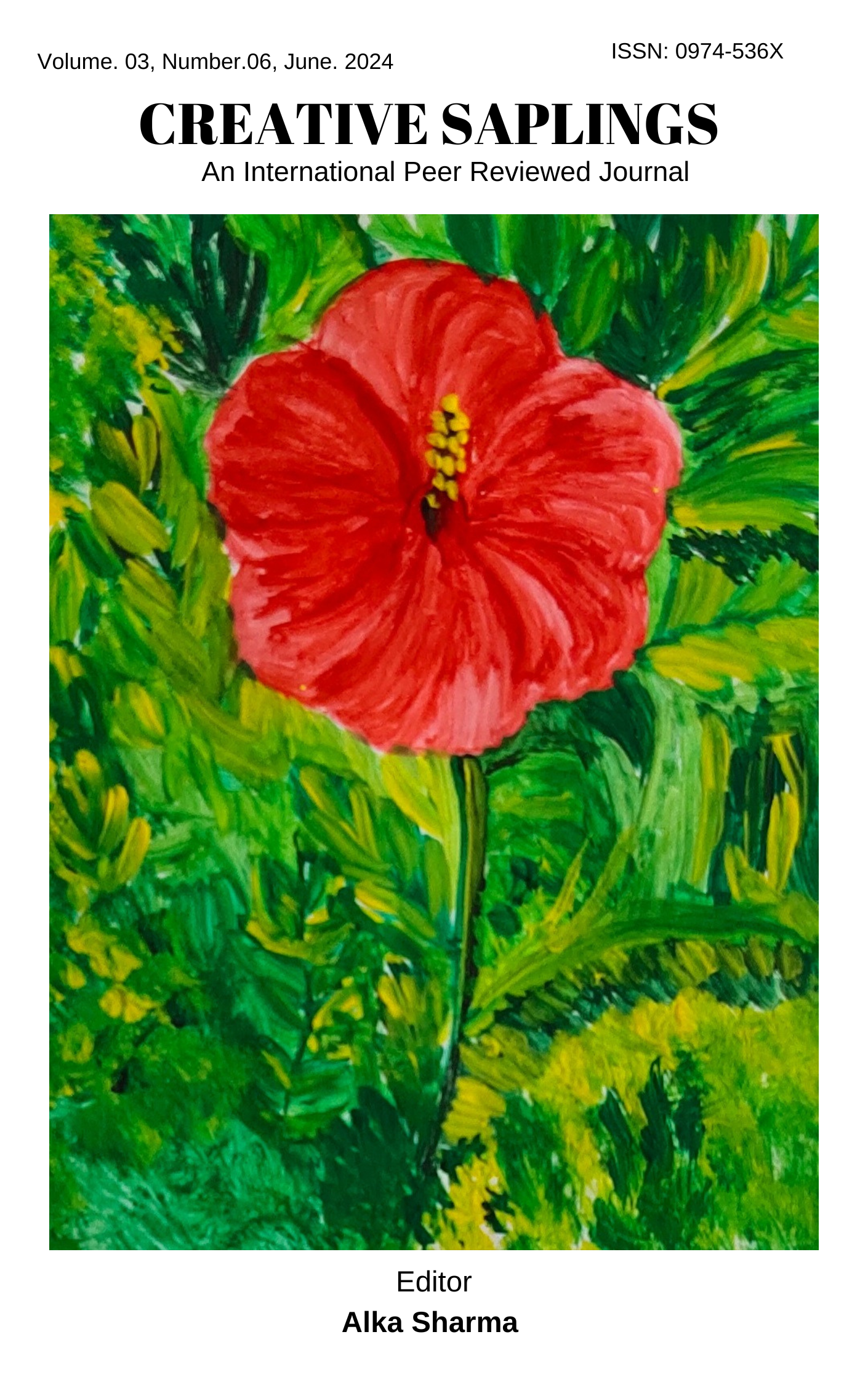Dynamics of Gender and Health in Bama’s Sangati and Kadeeja Mumtas’ Barsa
DOI:
https://doi.org/10.56062/gtrs.2024.3.6.611Keywords:
Circumcision, Caste, Discrimination, Dalits, Feminity, Gender, Health, Oppression.Abstract
Gender and health are two separate disciplines having a strong connection with each other. According to the World Health Organization (WHO), gender is a core social determinant of health and health inequalities. These health inequalities are associated with the lifestyle, accessibility and care provided to men and women. In most Indian societies, women are perceived as child-bearers, caregivers having no say in the communities they live in. Moreover they have been shoved into margins and an indifferent attitude is formed for them. From the viewpoint of gender, class or ethnic disparities women in India face a multitude of health and hygiene problems. This marginalization causes inequitable access to essential human needs such as water, proper health and sanitary facilities. Consequently women have poorer health than men. Another form in which women are suppressed and oppressed are sexual harassment, violence, physical abuse, occupational and environmental hazards due to which they not only suffer from physiological problems but it also affects their mental health like psychological stress and strain. These health issues deteriorate their well- being. Due to casteism prevalent in our society the so- called power holders exploit Dalit women treating them as lower than humans and ‘other’. Bama’s Sangati is a look at the part of the lives of those Paraiya women. Kadeeja Mumtas’ novel Barsa is a commentary on the position of women in Muslim society focusing on the illegal practices like circumcision. This paper aims to examine the issues which the Tamil Christian Dalit women and Muslim women face in terms of health and sexuality as discussed in Bama’s Sangati and Kadeeja Mumtas’ Barsa through depicting a critique of several generations of women.
Downloads
References
Annandale, Ellen, and Kate Hunt, editors. Gender and Health. United Kingdom, Routledge, 2012.
Bama. Sangati. Trans. Lakshmi Holmstrom. Oxford University Press, 2005.
Barr, Elizabeth, and Sarah Temkin. “Gender as a Social and Cultural Variable and Health.” National Institutes of Health, 23 Aug. 2022, https://orwh.od.nih.gov/Accessed 15 Apr. 2024.
“Female Genital Mutilation.” World Health Organization, 5 Feb. 2024, www.who.int/news-room/fact-sheets/detail/female-genital-mutilation#:~:text=The%20practice%20has%20no%20health%20benefits%20for,the%20human%20rights%20of%20girls%20and%20women/Accessed 20 Apr. 2024.
Hooks, Bell. Talking Back: Thinking Feminist, Thinking Black. Routledge, 2014.
Islam, M. Mazharul, and M. Mosleh Uddin. “Female Circumcision in Sudan: Future Prospects and Strategies for Eradication.” International Family Planning Perspectives, vol. 27, no. 2, 2001, pp. 71–76. JSTOR, https://doi.org/10.2307/2673817.Accessed 18 Apr. 2024.
Mill, J.S. The Subjection of Women. 2008. Project Gutenberg,https://www.gutenberg.org/files/27083/27083-h/27083-h.htm/Accessed 18 Apr. 2024.
Mumtas, Kadeeja, Barsa. Trans. K M Sherrif, Yoda Press, 2016.
Premchand, Munshi, Nirmala. Cedar Books, 2011.
Yogisha, & Kumar, N. (2020). Stepping out of the ‘Difference’: Discerning the Dalit Female Standpoint in Bama’s Sangati. Contemporary Voice of Dalit, 12(2), 149-164. https://doi.org/10.1177/2455328X19898454/Accessed 10 Apr. 2024.
Downloads
Published
Issue
Section
License
Copyright (c) 2024 Mahima Gupta

This work is licensed under a Creative Commons Attribution-NonCommercial 4.0 International License.





